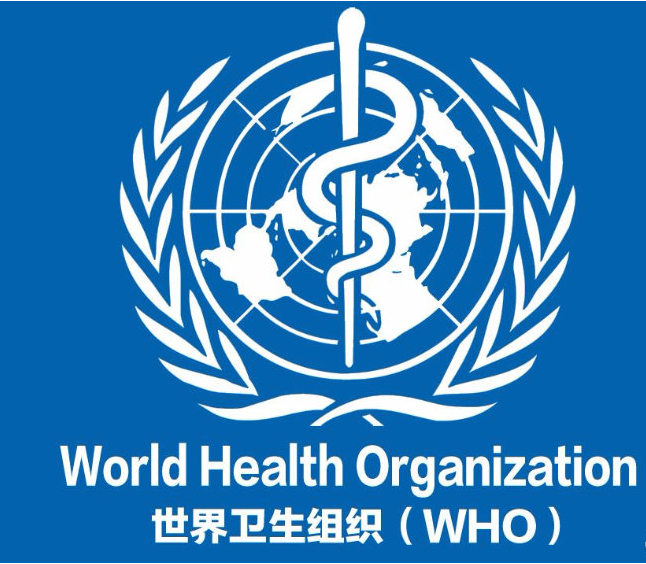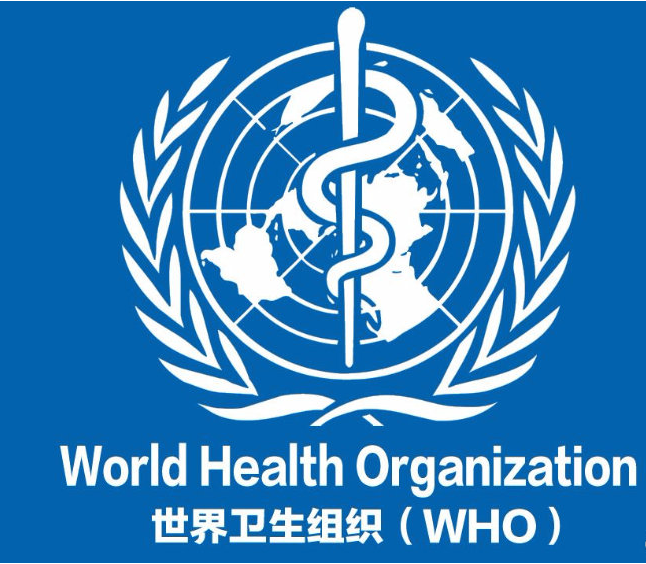WHO: About 1.1 billion young people worldwide face hearing loss
According to the WHO, about half of the world's young people are using a mobile phone and other devices to listen to music at a higher volume than safe. WHO Director-General Tan Desai said that hearing loss is often irreversible. In the case of human beings having sufficient techniques and knowledge to protect hearing, many young people should not be exposed to hearing loss simply because they listen to music.
On the same day, WHO and the International Telecommunication Union (ITU) jointly issued the Recommended Guidelines for the Use of Personal Audio Equipment (WHO-ITU Guidelines), including the addition of volume and duration monitoring functions on audio equipment, the addition of parental control volume functions, and the use of technical means. Analyze whether people's habits of using audio equipment are safe. According to the WHO, about half of all hearing loss cases can be intervened through public health measures.
The WHO-ITU guidelines were developed under the WHO “Hearing Safety” initiative, which seeks to improve the listening habits of people, especially young people. Based on the latest research data, experts from WHO and the International Telecommunication Union have conducted discussions with multinational governments, producers, consumers and civil society organizations, and have developed WHO-ITU guidelines for two years. WHO recommends that governments and producers adopt the guidelines on a voluntary basis.
According to WHO data, there are currently 466 million people (including about 34 million children) with disability hearing loss, accounting for 5% of the global population, mostly concentrated in middle-income and low-income countries; by 2050, The number of people with disability hearing loss may increase to more than 900 million, which is equivalent to one in 10 people with disability hearing loss. At present, disability-induced hearing loss that has not been properly addressed worldwide has caused an economic loss of around $750 million annually.


